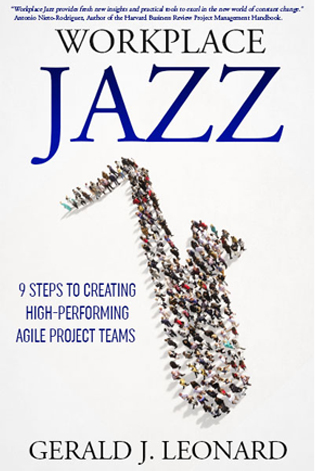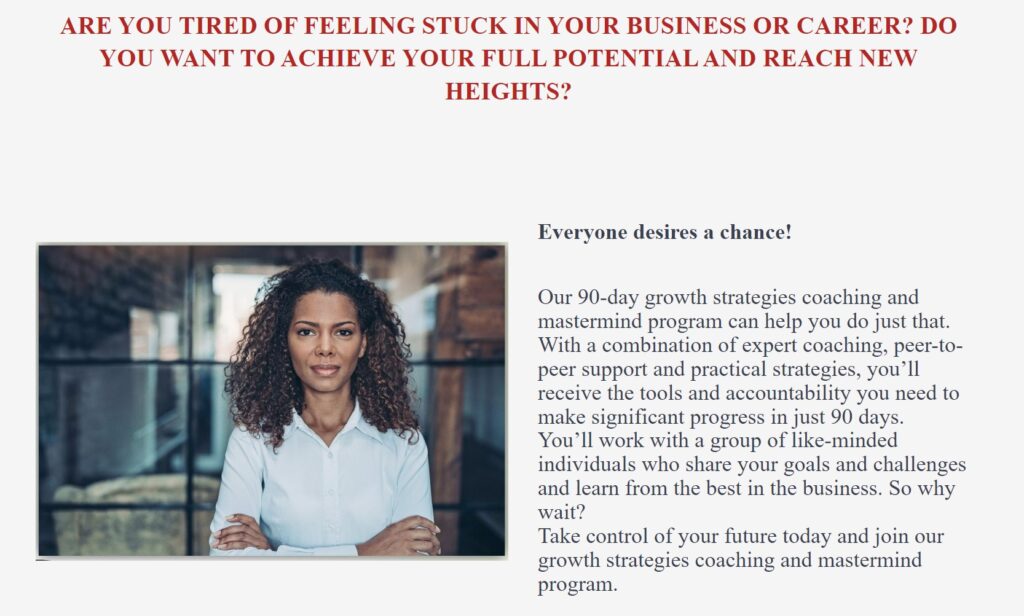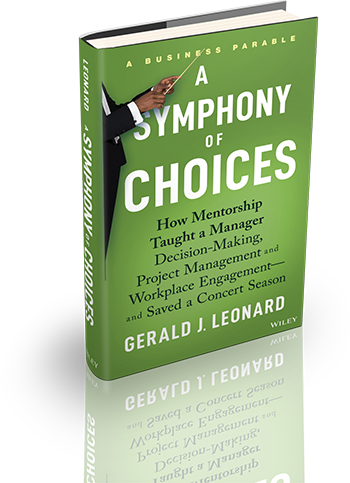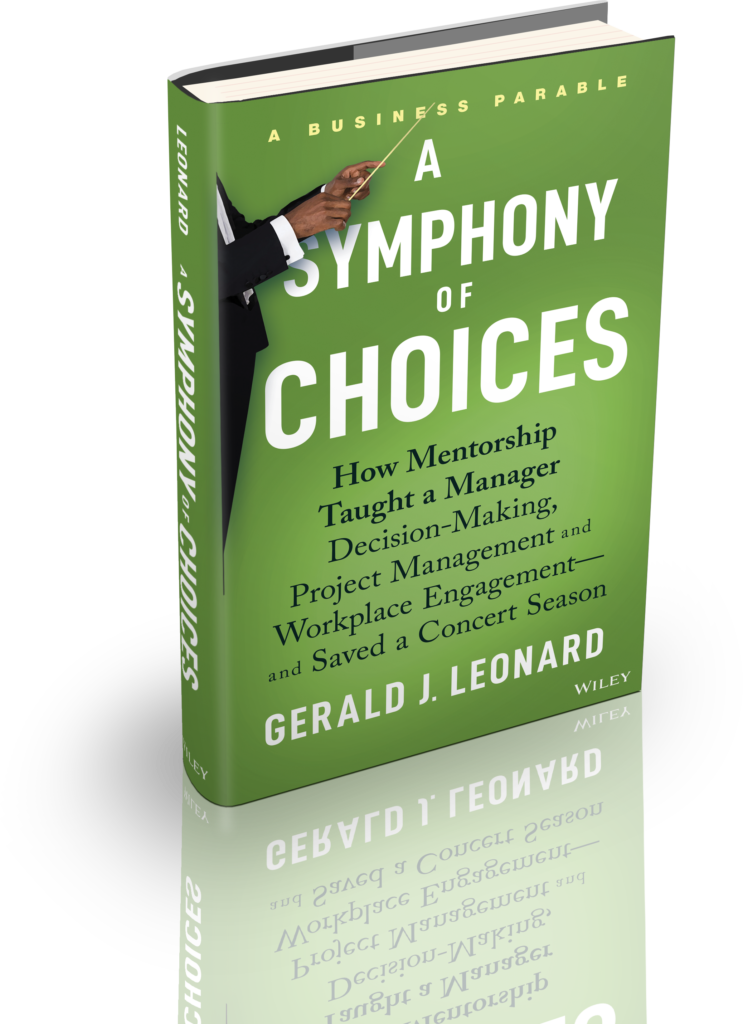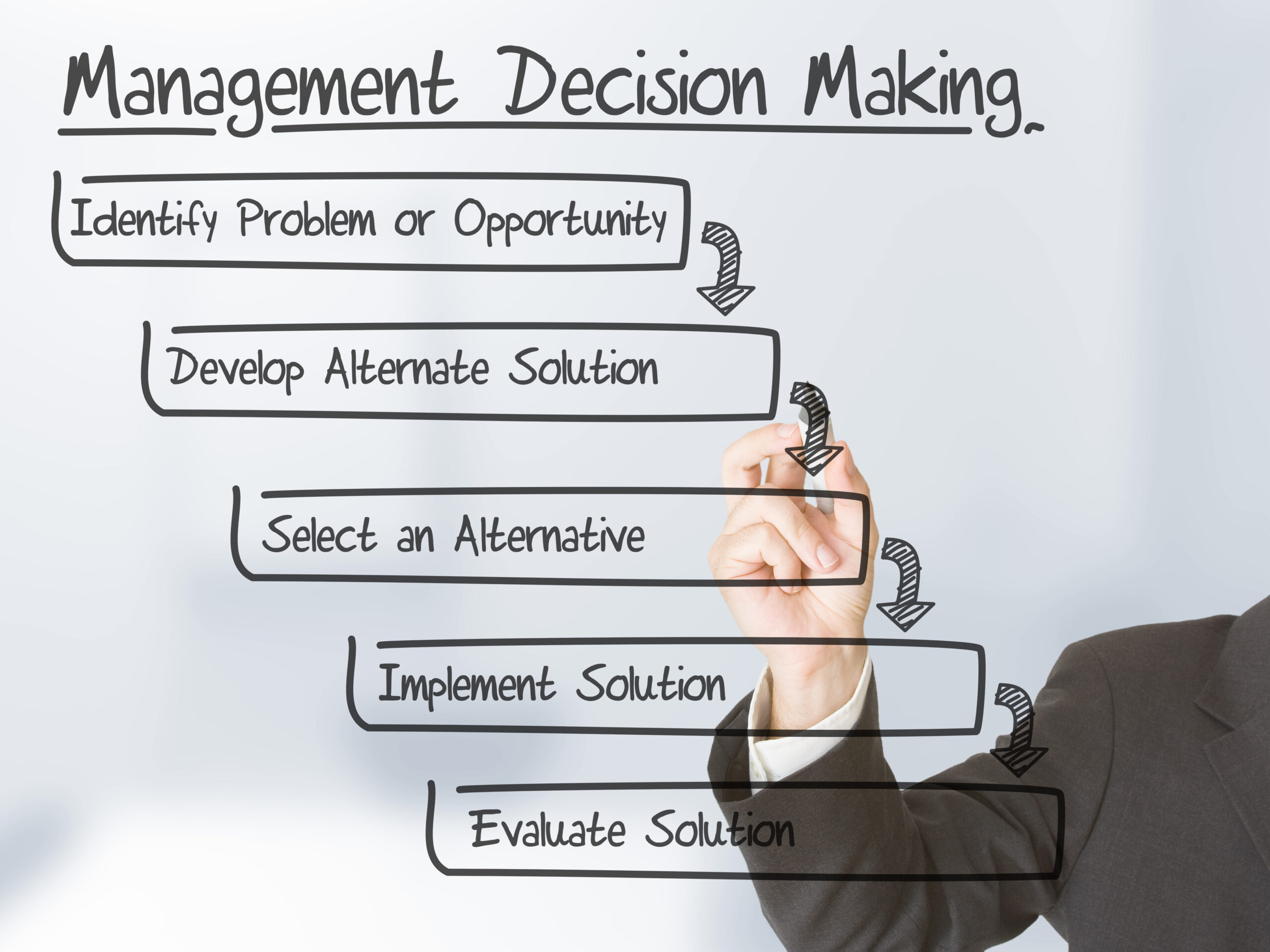Creating and leading a high-performing team is essential for any business’s success. To achieve this, business owners and managers must cultivate a strong and influential team culture, promote teamwork, and identify and address any issues or obstacles that may hinder the team’s performance. Fortunately, there are many books available that can help guide you in creating and leading a high-performing team.
According to a study by Gallup, high-performing teams are 21% more productive and 22% more profitable than low-performing teams. (Gallup, 2019)
Creating high-performing teams is like a symphony orchestra, where each member is crucial in creating a harmonious and beautiful performance. Like in a symphony, a high-performing team requires members to contribute their unique skills and talents while working together towards a shared goal.
The Top 10 Books For Building High-Performing Teams.
- “The Five Dysfunctions of a Team” by Patrick Lencioni. The Five Dysfunctions of a Team is a classic book exploring common dysfunctions that can derail a team’s performance. Lencioni’s model highlights five essential areas for any team’s success: trust, conflict, commitment, accountability, and results. Leaders can create a cohesive and high-performing team by understanding and addressing these areas.
- “Crucial Conversations” by Kerry Patterson, Joseph Grenny, Ron McMillan, and Al Switzler. Effective communication is vital to building and maintaining a high-performing team. “Crucial Conversations” offers practical advice on handling difficult conversations with team members, such as conflicts, disagreements, and feedback. By mastering the skills taught in this book, leaders can create a culture of open communication, respect, and collaboration.
- “Drive: The Surprising Truth About What Motivates Us” by Daniel H. Pink. Motivation is a critical factor in any team’s success. In “Drive,” Pink explores what motivates people and how leaders can leverage this knowledge to create a highly motivated and engaged team. By focusing on autonomy, mastery, and purpose, leaders can create a culture of high performance and personal growth.
- “Team of Teams: New Rules of Engagement for a Complex World” by General Stanley McChrystal. In today’s complex and fast-paced business environment, traditional command-and-control structures may not be sufficient to achieve success. In “Team of Teams,” General Stanley McChrystal shares his experience leading a complex military operation and offers insights on how leaders can create a more agile and responsive team. By breaking down silos, fostering collaboration, and empowering individuals, leaders can create a team that can adapt and thrive in a rapidly changing environment.
- “Multipliers: How the Best Leaders Make Everyone Smarter” by Liz Wiseman. In “Multipliers,” Wiseman argues that the best leaders are those who can amplify the intelligence and capabilities of their team members. By fostering a learning, growth, and development culture, leaders can create a team that is more than the sum of its parts. This book offers advice on how to identify and develop the skills and talents of your team members and how to create an environment that encourages innovation and creativity.
- “The Culture Code: The Secrets of Highly Successful Groups” by Daniel Coyle. Culture is a critical factor in any team’s success. In “The Culture Code,” Coyle explores the elements of high-performing team culture, such as trust, communication, and shared values. By understanding and implementing these elements, leaders can create a culture that promotes teamwork, collaboration, and high performance.
- “The Power of Positive Leadership: How and Why Positive Leaders Transform Teams and Organizations and Change the World” by Jon Gordon. The book argues that positive leadership is more than being optimistic or happy; it is about cultivating a positive mindset that drives positive behaviors and outcomes. Positive leaders inspire and empower their teams to achieve their full potential, despite challenges and setbacks.
- “Extreme Ownership: How U.S. Navy SEALs Lead and Win” by Jocko Willink and Leif Babin. This book argues that effective leadership requires taking full responsibility for all aspects of one’s team or organization, including successes and failures. The authors emphasize the importance of accountability, discipline, and clear communication in achieving success.
- “Mindset: The New Psychology of Success” by Carol S. Dweck. This book introduces the concept of a growth mindset versus a fixed mindset. A fixed mindset believes that our abilities and intelligence are innate and cannot be changed. In contrast, a growth mindset is a belief that our abilities can be developed and improved through hard work and dedication.
- “Leaders Eat Last: Why Some Teams Pull Together, and Others Don’t” by Simon Sinek. “Leaders Eat Last” is a book by Simon Sinek that explores why some teams can work together effectively and achieve great success while others struggle to function as a cohesive unit. The book focuses on how good leaders can create an environment where people feel safe, supported, and empowered to do their best work.
A survey of Fortune 500 CEOs found that building a solid team was an essential factor in achieving success, with 97% of CEOs citing team dynamics as critical to their company’s success. (CEOWORLD magazine, 2020)
Take Action To Create A High-Preforming Team
If you are a business leader or team member looking to create a high-performing team, take action today to build the skills and strategies needed for success. Here are some steps you can take:
- Identify the key challenges or obstacles preventing your team from performing at its best.
- Seek resources and training opportunities that will enable you to develop the skills and knowledge needed to address these challenges, such as books, online courses, or coaching.
- Foster open communication and feedback among team members, and work to build a culture of trust and accountability that values teamwork and collaboration.
- Set clear goals and expectations for your team, and regularly evaluate progress towards these goals.
- Continuously seek opportunities for improvement and growth, and be willing to adapt and change your strategies to achieve success.
Remember, creating a high-performing team is a continuous process that requires ongoing effort and dedication. By taking action today and committing to building the skills and strategies needed for success, you can help your team achieve its full potential and drive success in your organization.




